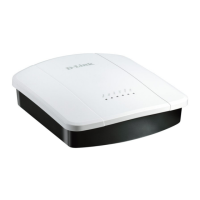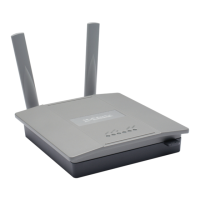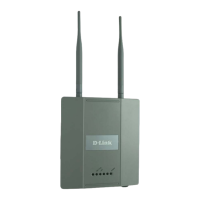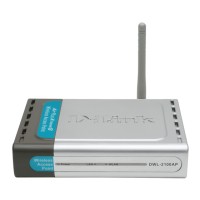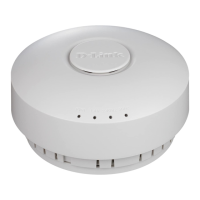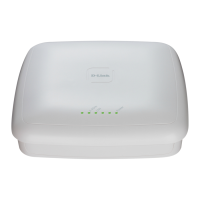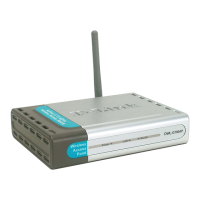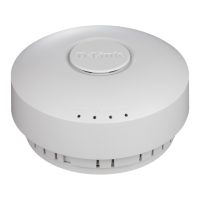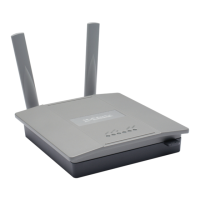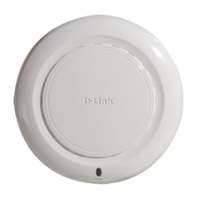D-Link UAP Software User Manual
12/10/09
Page 46 Virtual Access Point Settings 34CSFP6XXUAP-SWUM100-D13
Use the Radio page to configure both Radio One and Radio Two. The settings on the page apply only to the radio that you
choose from the Radio drop-down list. After you configure settings for one of the radios, click Apply and then select and
configure the other radio. Be sure to click Apply to apply the second set of configuration settings for the other radio.
VIRTUAL ACCESS POINT SETTINGS
To change VAP 0 or to enable and configure additional VAPs, select the VAP tab in the Manage section.
VAPs segment the wireless LAN into multiple broadcast domains that are the wireless equivalent of Ethernet VLANs. VAPs
simulate multiple APs in one physical AP. Each radio supports up to 16 VAPs.
For each VAP, you can customize the security mode to control wireless client access. Each VAP can also have a unique
SSID. Multiple SSIDs make a single AP look like two or more APs to other systems on the network. By configuring VAPs,
you can maintain better control over broadcast and multicast traffic, which affects network performance.
Transmit Power Enter a percentage value for the transmit power level for this AP.
The default value, which is 100%, can be more cost-efficient than a lower percentage since it gives
the AP a maximum broadcast range and reduces the number of APs needed.
To increase capacity of the network, place APs closer together and reduce the value of the transmit
power. This helps reduce overlap and interference among APs. A lower transmit power setting can
also keep your network more secure because weaker wireless signals are less likely to propagate
outside of the physical location of your network.
Fixed Multicast Rate Select the multicast traffic transmission rate you want the AP to support.
Rate Sets Check the transmission rate sets you want the AP to support and the basic rate sets you want the
AP to advertise:
•Rates are expressed in megabits per second.
• Supported Rate Sets indicate rates that the AP supports. You can check multiple rates (click a
check box to select or de-select a rate). The AP will automatically choose the most efficient rate
based on factors like error rates and distance of client stations from the AP.
• Basic Rate Sets indicate rates that the AP will advertise to the network for the purposes of setting
up communication with other APs and client stations on the network. It is generally more efficient
to have an AP broadcast a subset of its supported rate sets.
Broadcast/Multicast
Rate Limiting
Enabling multicast and broadcast rate limiting can improve overall network performance by limiting
the number of packets transmitted across the network.
By default the Multicast/Broadcast Rate Limiting option is disabled. Until you enable Multicast/
Broadcast Rate Limiting, the following fields will be disabled.
Broadcast/Multicast
Rate Limit
Enter the rate limit you want to set for multicast and broadcast traffic. The limit should be greater
than 1, but less than 50 packets per second. Any traffic that falls below this rate limit will always
conform and be transmitted to the appropriate destination.
The default and maximum rate limit setting is 50 packets per second.
Broadcast/Multicast
Rate Limit Burst
Setting a rate limit burst determines how much traffic bursts can be before all traffic exceeds the rate
limit. This burst limit allows intermittent bursts of traffic on a network above the set rate limit.
The default and maximum rate limit burst setting is 75 packets per second.
Table 14: Radio Settings (Cont.)
Field Description
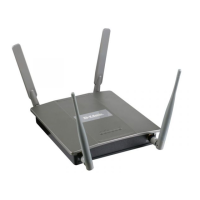
